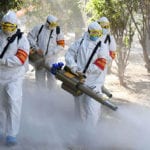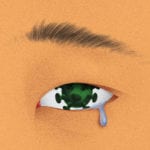 Animals
Animals  Animals
Animals  Facts
Facts Ten Unexpectedly Fascinating Facts About Rain
 Crime
Crime 10 Dark Details of Australia’s Gruesome Unsolved Wanda Murders
 Humans
Humans 10 Unsung Figures Behind Some of History’s Most Famous Journeys
 Animals
Animals 10 Species That Refused to Go Extinct
 Weird Stuff
Weird Stuff 10 Weird Things People Used to Do at New Year’s
 Our World
Our World 10 Archaeological Discoveries of 2025 That Refined History
 Weird Stuff
Weird Stuff 10 Fascinating Facts You Might Not Know About Snow
 Miscellaneous
Miscellaneous Top 10 Things Crypto Was Supposed to Change & What Actually Did
 History
History 10 Huge Historical Events That Happened on Christmas Eve
 Animals
Animals 10 Strange Times When Species Evolved Backward
 Facts
Facts Ten Unexpectedly Fascinating Facts About Rain
 Crime
Crime 10 Dark Details of Australia’s Gruesome Unsolved Wanda Murders
Who's Behind Listverse?

Jamie Frater
Head Editor
Jamie founded Listverse due to an insatiable desire to share fascinating, obscure, and bizarre facts. He has been a guest speaker on numerous national radio and television stations and is a five time published author.
More About Us Humans
Humans 10 Unsung Figures Behind Some of History’s Most Famous Journeys
 Animals
Animals 10 Species That Refused to Go Extinct
 Weird Stuff
Weird Stuff 10 Weird Things People Used to Do at New Year’s
 Our World
Our World 10 Archaeological Discoveries of 2025 That Refined History
 Weird Stuff
Weird Stuff 10 Fascinating Facts You Might Not Know About Snow
 Miscellaneous
Miscellaneous Top 10 Things Crypto Was Supposed to Change & What Actually Did
 History
History 10 Huge Historical Events That Happened on Christmas Eve
Top 10 Essential Facts About The Coronavirus, The Only Article You’ll Ever Need About COVID-19
There is a lot of fear and confusion surrounding the coronavirus called COVID-19, and it doesn’t help that some elements of the media have been firing off information many consider fear mongering. Even a recent Listverse article could be considered as such, but fear is the last thing anyone wants to spread since even a global pandemic doesn’t mean it’s the end of the world as we know it.
Top 10 Failed Apocalyptic Predictions
The information on the virus is limited at the moment, as there will need to be a great deal of study before it is fully understood. In the meantime, information is power, so this list contains ten things you should know about COVID-19 and how best to protect yourself from misconceptions, misunderstandings, and outright media lies about it. This information is just the tip of the iceberg, so keep up to date on outbreaks in your area from official sources, and everything should be fine.
10What Is A Coronavirus

COVID-19 is a coronavirus, which means very little to most people who don’t work in virology or immunology. A coronavirus is a group of viruses that can infect mammals and birds.[1] In humans, they can cause respiratory tract infections, many of which can be treated with over-the-counter medication. The so-called “common cold” is the result of a coronavirus, and while most are well-understood and rarely more than an inconvenience, some can be lethal. COVID-19 refers to the outbreak of the disease, which is broken down as Coronavirus Disease 2019.
The virus itself also has a name, but it’s a bit of a mouthful: Severe Acute Respiratory Syndrome CoronaVirus 2, or SARS-CoV-2. Part of that acronym may be familiar, seeing as the world already went through a similar outbreak of SARS in 2003.[2] The viruses are related, and it wouldn’t be out of the question to call this new outbreak “SARS 2.0,”[3] though you likely won’t hear any professional virologists say that in the media. Regardless, COVID-19 is a coronavirus, and it is spreading, but that’s not a cause for alarm; rather, it’s a cause to prepare and protect ourselves in much the same way we do when it’s cold & flu season.
9Where COVID-19 Originated
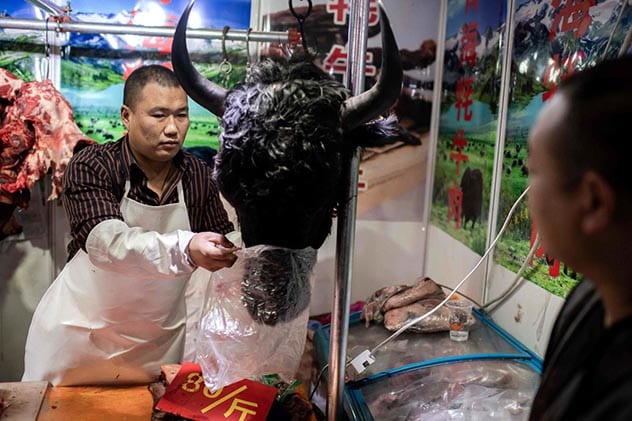
It’s well known that the virus was first seen in Wuhan, China, but it’s not fully understood exactly where it originated. COVID-19 is likely a zoonotic virus, which means it can be transmitted between animals and people. This has led researchers to look for animals that might have originally carried the disease. There are a lot of similarities between COVID-19 and two bat-derived strains of Betacoronavirus, which means they are likely related. Because the viruses share about 96% of the same genes, it was initially believed that bats were the source of the outbreak, which was pinpointed to the Huanan Seafood Market, where exotic animals are sold.
As time went on, and more research was conducted, Chinese researchers were able to determine that COVID-19 shared 99% of the same genetic information as a similar virus that infects pangolins. This suggested that pangolins may have been an intermediary host for the virus, but the research wasn’t officially published, and much of the analysis remains unconfirmed.[4] While determining the precise origin might help virologists better understand COVID-19, doing so isn’t entirely necessary in combatting the spread of the disease, now that it’s been released into the human population.[5]
8How COVID-19 Is Transmitted
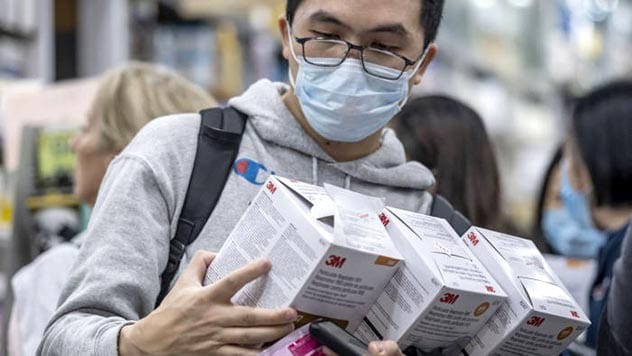
Since the first day the world learned about the Wuhan Coronavirus, the fear of it spreading began to rise. How was it transmitted, and what could be done to limit its transmission? People have always feared Ebola, but that’s far harder to catch than something like a coronavirus, and it’s all about what it infects and how it is transmitted. COVID-19 causes a respiratory infection, and it’s through a person’s respiration that it spreads the easiest. There are two known means by which the virus spreads: person-to-person and through contact with infected surfaces.
In a person-to-person situation, the virus can be spread through close contact, which is generally considered to be a distance of six feet. The way a person can pass it on is through respiratory droplets, which are produced when a person coughs or sneezes. Covering one’s mouth when this happens helps alleviate the spread of the disease, and infected people should wear a facemask to reduce the risk of transmitting it to someone else. But please heed the Surgeon General’s warning[6] and don’t buy a mask unless you need one:
Seriously people- STOP BUYING MASKS!
They are NOT effective in preventing general public from catching #Coronavirus, but if healthcare providers can’t get them to care for sick patients, it puts them and our communities at risk!
https://t.co/UxZRwxxKL9— U.S. Surgeon General (@Surgeon_General) February 29, 2020
The other way it is spread is through a surface contaminated with the virus. A countertop could have been in the pathway of a sneeze, which carried COVID-19 to its surface. Touching that, and then touching your mouth, nose, and possibly the eyes can result in infection.[7]
7How COVID-19 Is Detected Or Confirmed
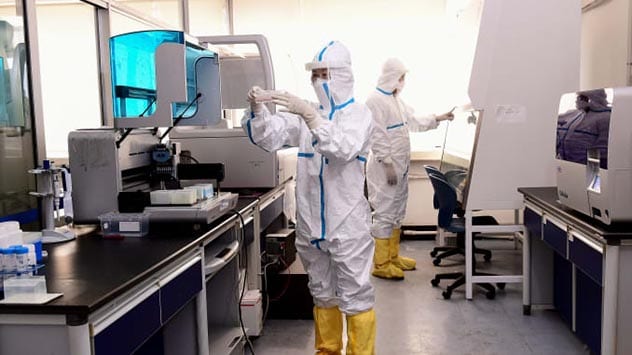
One of the biggest issues with detecting COVID-19 in a patient is that it presents much like the common cold. To combat this, researchers across the globe have been scrambling to come up with a way to test for the presence of the virus, and this has resulted in several different testing methods. One of the best ways to check for the virus isn’t to see if you can find the virus in a person’s body—it’s to find the antibodies the body produces to fight the infection. The tests that look for antibodies are called serological tests,[8] and a firm in Singapore may have perfected a means of conducting this type of test to find COVID-19.
Antibody tests are probably the fastest and easiest way of detecting the presence of COVID-19, but it isn’t the only way. There are tests currently being used around the world, which look for the virus’ genetic information in a person’s saliva, mouth, nose, and anus. These tests use the polymerase chain reaction (PCR) method, which is a process in molecular biology that rapidly produces billions of copies of DNA for study. While these tests can detect the presence of COVID-19, they cannot identify people who were infected and ultimately cleared of it.[9]
6Who Is At Risk
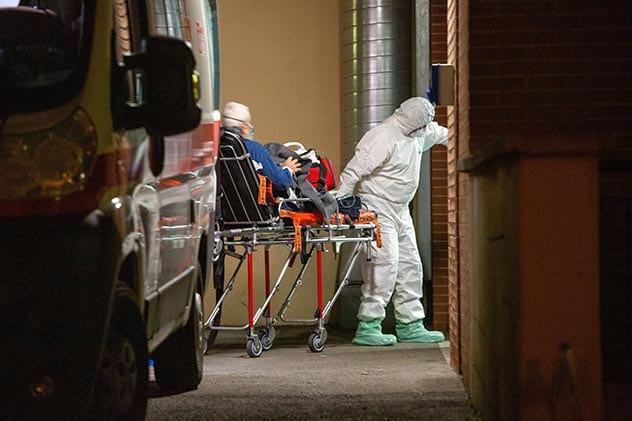
There is no known immunity to COVID-19, which means that everyone is at risk of catching and spreading the infection. That doesn’t mean this is a perfect time to panic; just because you might become infected, doesn’t mean you’re going to fall over dead in a few hours. COVID-19 can be dangerous, but like most infections, certain portions of the population are more at risk than others. Young children, healthcare professionals, the elderly, and people with a compromised immune system are the ones who are most at risk of becoming seriously ill from COVID-19.[10]
When a healthy adult contracts the virus, there’s a possibility that they will not show any symptoms at all, and won’t get sick. This is one of the reasons the virus has managed to escape the confines of Wuhan, China, to infect the world. Infected people who are asymptomatic[11] become unknown carriers, and even when an otherwise healthy adult does show symptoms, they are often mild and comparative to the common cold.
10 Dreadful Symptoms Of Deadly Diseases
5What Are The Symptoms Of COVID-19
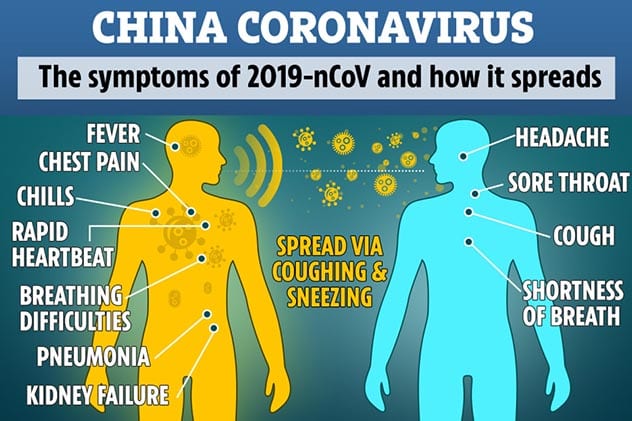
The first part of this block is going to list the symptoms associated with COVID-19 that shouldn’t scare anyone, but the last bit will be all about the more dangerous aspects of the disease. Don’t be alarmed, as these are the worst-case symptoms that won’t affect most people who are infected. The most common symptoms of COVID-19 are fever, coughing, and shortness of breath.[12] These are the same symptoms most people get from the common cold, but they are the mildest possible symptoms a person can experience.
For those who are under a greater deal of risk due to a compromised immune system, or meet the criteria previously mentioned, symptoms can become far more severe. COVID-19 can increase the chances of contracting pneumonia, it can cause multiple organ failure, and in some cases, it can result in death.[13] These are the most severe cases, though all are of concern due to the ease by which it can be transmitted from person to person.
4COVID-19 Mortality Concerns
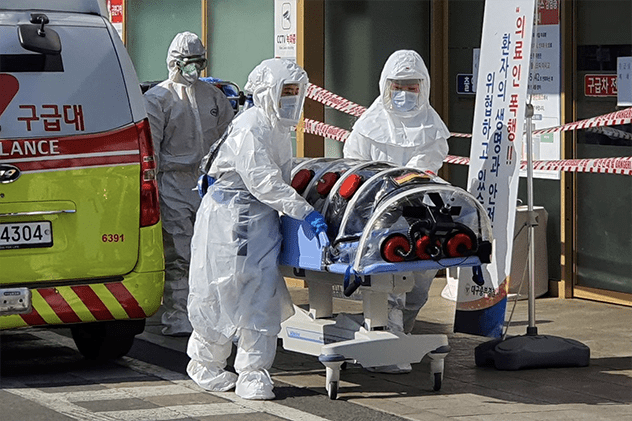
Yes, COVID-19 can end a person’s life, but that doesn’t mean the world will end up like it did in Stephen King’s The Stand. The mortality rate for COVID-19 is estimated to be 2.3%, and while that number may seem low, it’s not. If you compare the mortality rate of COVID-19 to something more common like the flu, it’s considerably higher. The flu has a mortality rate of 0.1%, which sees an average of one death per 1,000 people.[14] These numbers are determined via the case-fatality rate (CFR), which compares the total number of infected patients with those who succumbed from the disease.
While COVID-19 is much higher than the Flu, it presents as a mild infection in the vast majority of people who have had it. The majority of people who have died in China have been elderly, and studies of deaths from the virus show that the CFR jumps to 14.8% for people who are 80 and older while those between the ages of 70 and 79 have a CFR of 8%. For people who were already critically ill when they came in contact with the virus, that number jumps to 49%, suggesting they are the most vulnerable members of the population.[15][16]
3Avoid Becoming Infected

Listverse published an article on Top 10 Things You Need To Do To Prepare For The Coronavirus, but this was intended to be more of an “end of the world” type scenario, so take it with a grain of salt (of which there is much to be found in the comments on that list!) In reality, there are steps you can take to avoid becoming infected, and chances are, you’ve been doing them all along. Because COVID-19 is a coronavirus, which is passed in much the same way as a common cold, the best way to keep from getting it is to wash your hands with soap and warm water, avoid touching your face after coming into contact with anything commonly used like doorknobs, and if you have to go outside, try to avoid sick people.[17]
Odds are, you do all of that already, so you don’t have to let COVID-19 upend your life or your routine. If you have concerns about winding up in a place with a lot of potentially infected people, you can avoid traveling and going to events with crowds, but that may not be necessary. If it makes you feel better to wear a face mask, you can do so, but make sure you get the right kind. The US Food and Drug Administration recognizes four off-the-shelf N95 respirators, which may be effective in stopping the spread of COVID-19: 3M™ Particulate Respirator 8670F, 3M™ Particulate Respirator 8612F, Pasture™ F550G Respirator, and the Pasture™ A520G Respirator. These respirators are not suitable for children or men with facial hair, so it’s time so say goodbye to that ironic hipster beard![18]
2COVID-19, HIV, & Other Conspiracy Theories

One of the reasons there are so many conspiracy theories about viruses like COVID-19 is that few people truly understand it. Hopefully, this list will help with that, but there are people who hear a comment like, “This virus may use the packing mechanisms of other viruses such as HIV,” and their imaginations tend to run wild.[19] That finding was published by scientists at Nankai University, and it’s true. The virus does have an HIV-like mutation, but that doesn’t mean someone weaponized a form of HIV in a lab somewhere and released it upon the world, as some conspiracy theories have stated. These same mechanisms appear in many diseases as the result of natural mutations.[20]
That remark has everything to do with the means of fighting the spread of infection, and research like this helps push further research, which could hopefully lead to a cure or vaccine. You may have seen other conspiracy theories, including one about a new 5G wireless infrastructure being the cause of the disease, but this is so ridiculously false, it barely deserves mention.[21] The most important thing to do when it comes to hearing these stories is, ask yourself if they make sense, see if they are published by reputable sources, and take a common-sense approach to anything you hear.
1What To Do If You Think You’re Infected With COVID-19
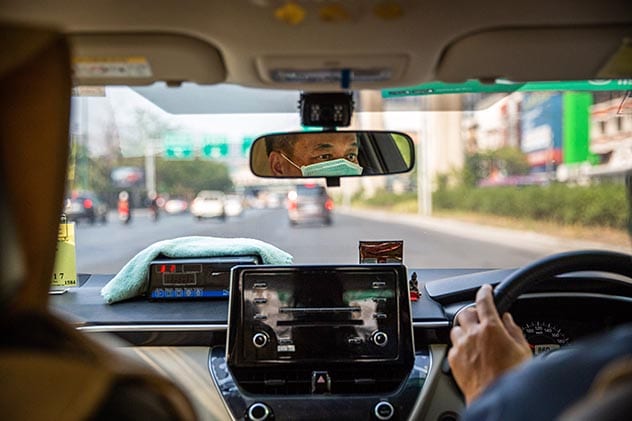
The very first thing you need to do is remember the words printed on the cover of The Hitchhiker’s Guide to the Galaxy, which are “Don’t Panic.” Panicking doesn’t help you or your loved ones, so you need to take care of yourself to ensure you don’t spread the infection and make sure you get the proper care. If you develop a fever along with symptoms of respiratory illness, you should call your healthcare provider and ask for their advice. They will know the right questions to ask to help determine if you’ve got the common cold, or if you have something more serious.
If you fear you truly did come in contact with someone infected with COVID-19 and are concerned you may have it as well; you need to get tested. Because you are leaving the house to get checked, be responsible, and keep your mouth and nose covered. This will keep you from passing the virus to other people, so if you have a respirator or surgical mask you can use, do so. If not, you can use a scarf or similar article of clothing. Your local hospital may not yet be equipped with testing kits for COVID-19, so call your local public health department for information on the best place to go.[22]
Top 10 Mysterious Viruses Far Scarier Than COVID-19
